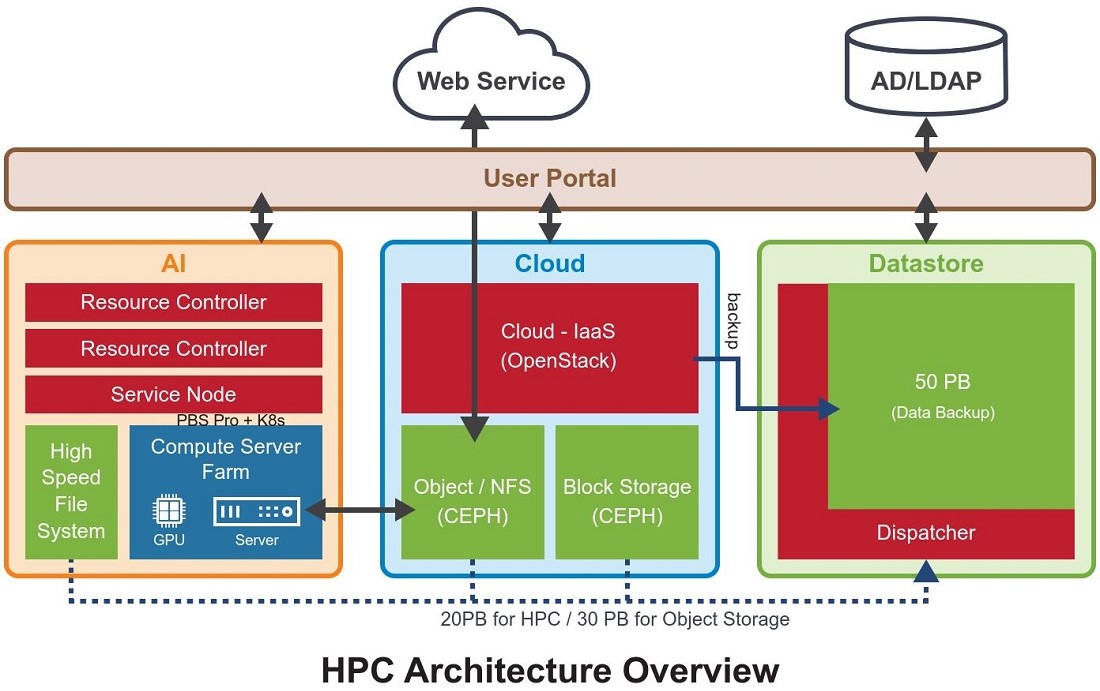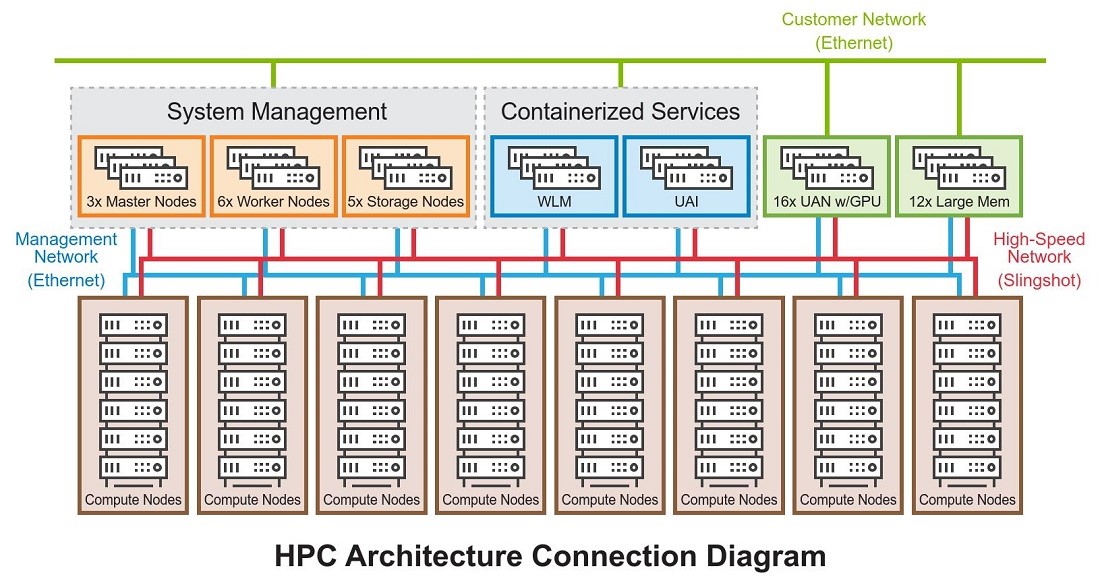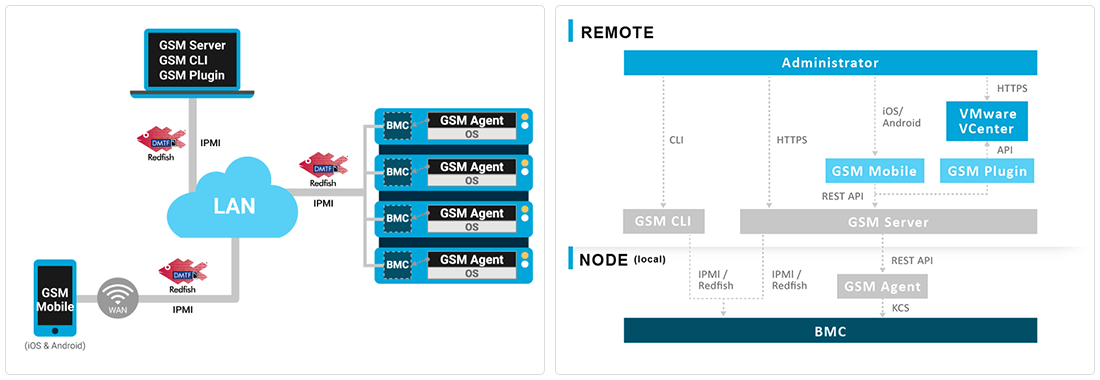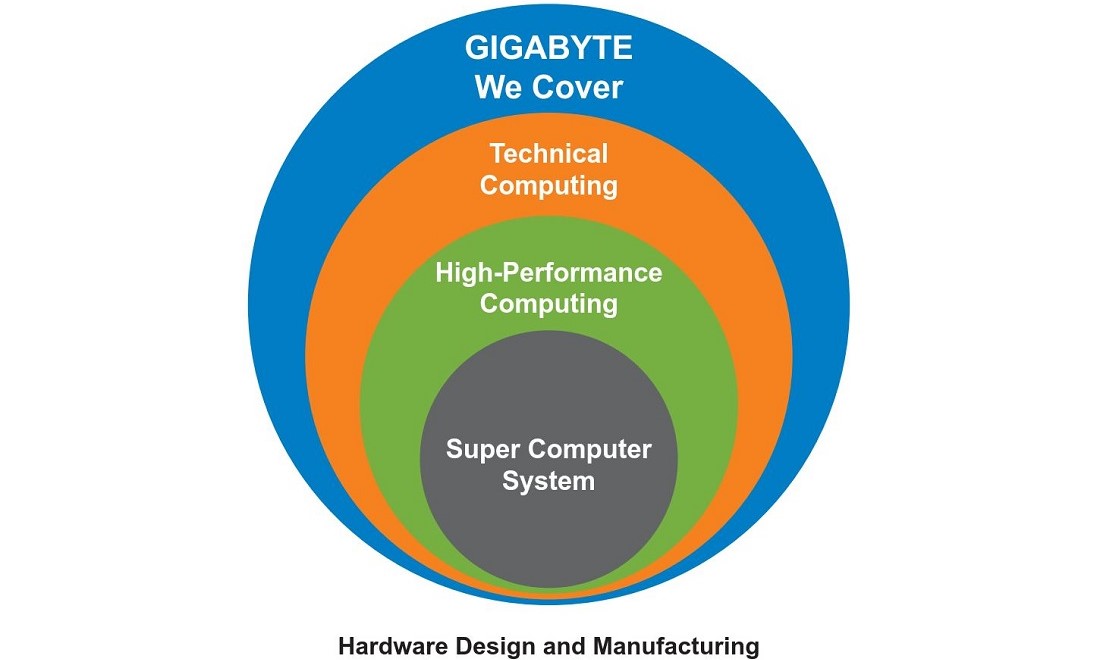HPC
High-Performance Computing Cluster
High Performance Computing (HPC)
Symmetric Multi-Processing (SMP)
Massively Parallel Processing (MPP)
Heterogeneous Computing




High Performance Computing System


GIGABYTE - Hardware Manager
Building a High Performance System with GIGABYTE Servers




Get the inside scoop on the latest tech trends, subscribe today!
Get Updates
Get the inside scoop on the latest tech trends, subscribe today!
Get Updates















